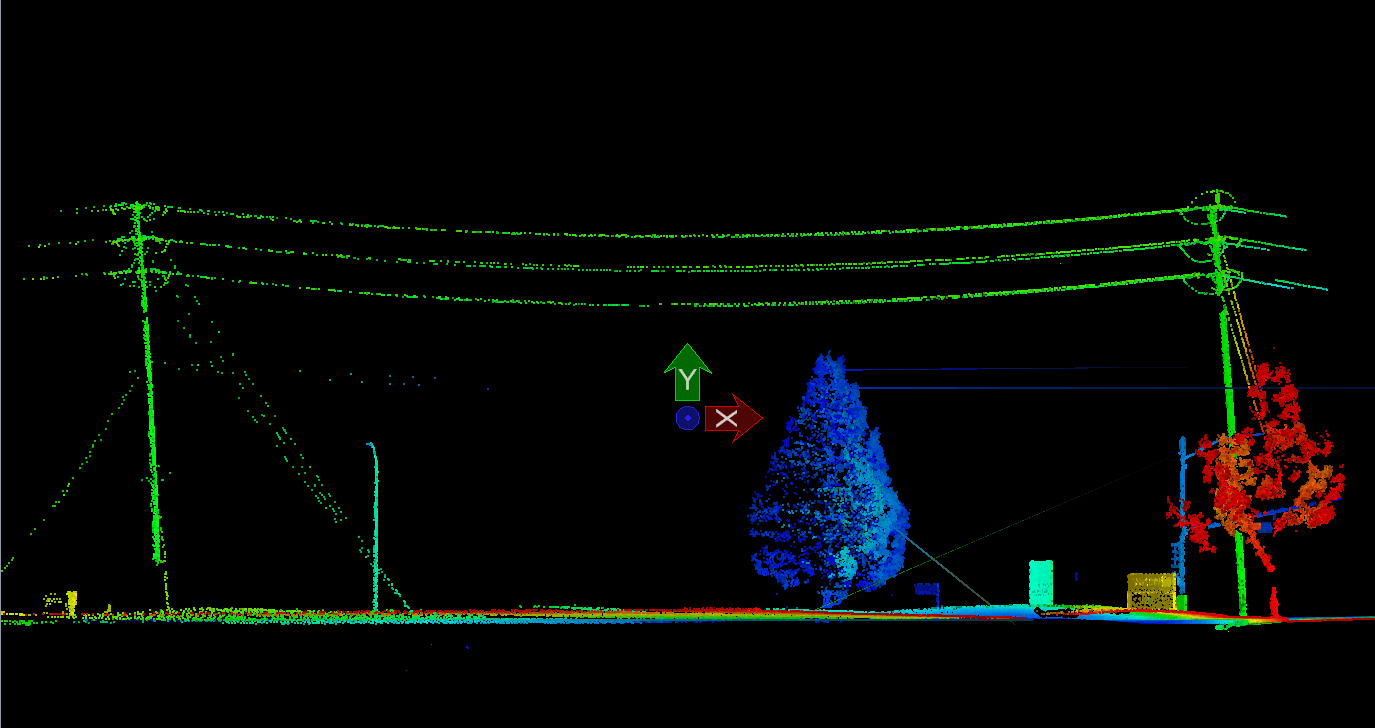
Light Detection and Ranging (LIDAR) technology represents a significant advancement in infrastructure management and maintenance for utility and telecommunications companies. This analysis examines the costs, benefits, and return on investment of implementing LIDAR solutions across these sectors.
The global LIDAR market in utilities and telecommunications is experiencing rapid growth, driven by increasing demands for infrastructure modernization and the need for precise asset management.
Current market size exceeds $1.2 billion with an anticipated CAGR of 15.2% through 2030.
All of these costs can be eliminated using nfoldROI-4D Imagery/LIDAR AI/ML Solution as a Service (SolaaS)
Most of these costs can be eliminated using nfoldROI-4D Imagery/LIDAR AI/ML Solution as a Service (SolaaS)
– 30% reduction in service interruptions
– 25% improvement in customer satisfaction
– Additional revenue potential: $1,000,000-2,000,000 annually
Most of these costs can be eliminated using nfoldROI-4D Imagery/LIDAR AI/ML Solution as a Service (SolaaS)
Most of these costs can be eliminated using nfoldROI-4D Imagery/LIDAR AI/ML Solution as a Service (SolaaS)
Most of these costs can be eliminated using nfoldROI-4D Imagery/LIDAR AI/ML Solution as a Service (SolaaS)
Nearly all of the costs outlined above can be eliminated using nfoldROI-4D Imagery/LIDAR AI/ML Solution as a Service (SolaaS)
This approach introduces very large economies of scale shared with other customers – outsourcing all the specialised and expensive “back-office” work to the experts and allowing customers to concentrate on their core business by simply using the nfoldROI-4D Imagery/LIDAR AI/ML Solution as a Service (SolaaS)
Austin | Melbourne | Hyderabad | Auckland | London | Hamburg
We are ISO 9001 Certified for the provision of IT based Consulting, Training and Product Development Services and ISO 27001 Certified for specialist geospatial consulting, development and support services.
Privacy Policy – Legal Disclaimer – nfoldROI® is a Registered Trademark of nfoldROI Pty Ltd. – Copyright © nfoldROI Pty Ltd. All Rights Reserved.